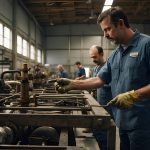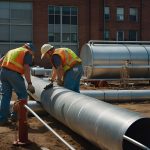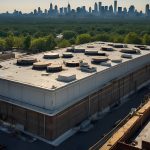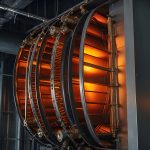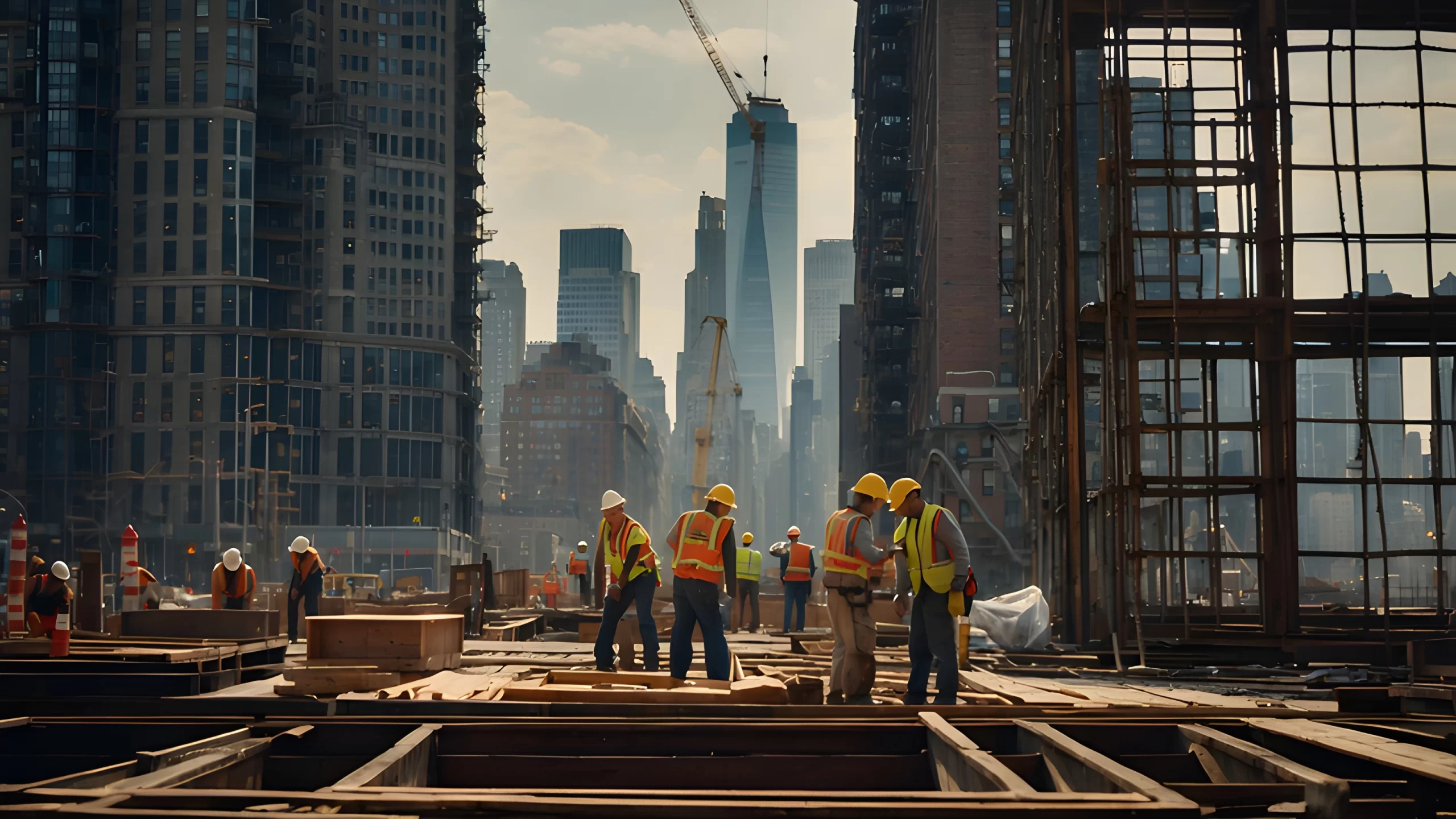
As someone who’s been running custom fabrication projects for contractors throughout New Jersey for nearly a decade, I’ve watched countless installations go sideways because of one overlooked component: equipment rails. Last month, we saved a Manhattan high-rise project when their original supplier delivered rails that were off by three inches. Consequently, the entire HVAC installation would have been delayed by weeks.
Equipment rails might not be the flashiest part of your HVAC system, but they’re absolutely critical for proper equipment mounting and long-term system reliability. Moreover, when you’re dealing with tight deadlines and demanding clients, having the right rails fabricated correctly the first time can make or break your project timeline.
Understanding Equipment Rails in Modern HVAC Systems
Equipment rails serve as the backbone of your HVAC installation, providing secure mounting points for everything from rooftop units to indoor air handlers. Furthermore, these prefabricated sheet steel structural members are designed to distribute equipment weight evenly across roof systems while maintaining proper alignment and accessibility for maintenance.
During my years at HVAC Metals LLC, I’ve seen how quality equipment rails can transform an installation. In fact, when we work with experienced contractors who understand the importance of precision-fabricated rails, their projects typically finish 15-20% faster than those using generic, off-the-shelf alternatives.
Critical Components of Quality Equipment Rails
Professional-grade equipment rails consist of several key elements that work together to ensure system integrity:
- Structural steel framework – Provides primary load-bearing capacity
- Mounting brackets – Secure attachment points for HVAC equipment
- Vibration isolation points – Reduce noise and equipment wear
- Drainage considerations – Prevent water accumulation and corrosion
- Access pathways – Enable safe maintenance and service
Equipment Rails Installation: Getting It Right the First Time
I’ll never forget a project we handled for a facility manager in Newark. His original contractor had installed equipment rails without proper load calculations, and subsequently, the entire system began sagging within six months. As a result, we had to completely re-fabricate and install new rails, which cost significantly more than doing it right initially.
This experience taught me that proper equipment rails installation requires three fundamental considerations: load distribution, environmental factors, and future maintenance access. Additionally, each of these factors must be carefully calculated during the design phase to prevent costly failures down the road.
Load Distribution and Structural Integrity
When designing equipment rails for rooftop installations, we calculate not just the static weight of the HVAC equipment but also dynamic loads from wind, seismic activity, and thermal expansion. For instance, a typical 10-ton rooftop unit requires rails capable of handling 2,500 pounds of equipment weight plus an additional 40% safety factor for wind loads.
Our advanced fabrication technology allows us to create equipment rails with precise stress distribution patterns. Consequently, contractors working with our rails report significantly fewer callbacks related to structural issues compared to generic alternatives.
Custom Equipment Rails: Why One Size Doesn’t Fit All
Every building presents unique challenges, and equipment rails must be customized accordingly. Last year, we fabricated rails for a historic building in Philadelphia where standard mounting solutions simply wouldn’t work due to the building’s unusual roof structure. Therefore, we designed custom rails that distributed the load across multiple structural points while maintaining the building’s architectural integrity.
The key to successful custom equipment rails lies in understanding both the equipment requirements and the building’s structural limitations. Furthermore, working with a fabricator who understands these complexities from day one prevents the costly modifications that often plague HVAC projects.
Material Selection for Equipment Rails
Not all steel is created equal when it comes to equipment rails. We typically recommend galvanized steel for most applications because it provides excellent corrosion resistance while maintaining structural strength. However, for coastal installations or industrial environments, stainless steel equipment rails might be necessary to ensure long-term durability.
Our experience with quality steel fabrication has shown that investing in proper materials upfront saves contractors significant money in maintenance and replacement costs over the equipment’s lifespan.
Equipment Rails Delivery and Installation Support
Time is money in the construction business, and equipment rail delays can cascade through an entire project schedule. That’s why we’ve developed our early morning delivery system, getting rails to job sites as early as 6 AM when crews are ready to start work. Moreover, our location in Kearny puts us within easy reach of contractors throughout New Jersey, New York, and Pennsylvania.
I remember a project manager calling us at 7 PM on a Thursday, desperate because his rails wouldn’t arrive until the following Wednesday. His crew was scheduled to start the installation Friday morning, and any delay would push the project past its deadline. We fabricated custom equipment rails overnight and delivered them at 6 AM Friday. Consequently, the project stayed on schedule, and we gained a loyal customer who continues to rely on our quick turnaround capabilities.
Quality Control for Equipment Rails
Every set of equipment rails that leaves our facility undergoes rigorous quality control checks. We verify dimensions, check weld integrity, and ensure proper finish application. Additionally, we provide detailed installation drawings and load specifications so contractors have complete information for proper installation.
This attention to detail has resulted in a 99% acceptance rate for our equipment rails, significantly higher than industry averages. Therefore, contractors can confidently schedule installations knowing the rails will arrive ready for immediate use without modifications or delays.
FAQs
What’s the typical lead time for custom equipment rails?
Most custom equipment rails can be fabricated and delivered within 3-5 business days. For standard configurations, we often deliver within 24-48 hours, especially for contractors in our New Jersey, New York, and Pennsylvania service area.
How do I determine the right equipment rail specifications for my project?
Equipment rail specifications depend on unit weight, wind loads, building structure, and local codes. We provide engineering support to help calculate proper specifications and ensure compliance with all relevant standards.
Can equipment rails be modified on-site if needed?
While minor adjustments are possible, significant modifications can compromise structural integrity. We recommend providing detailed measurements upfront so we can fabricate rails to exact specifications, eliminating field modifications.
Written by: Arthur
HVAC Metals, LLC
